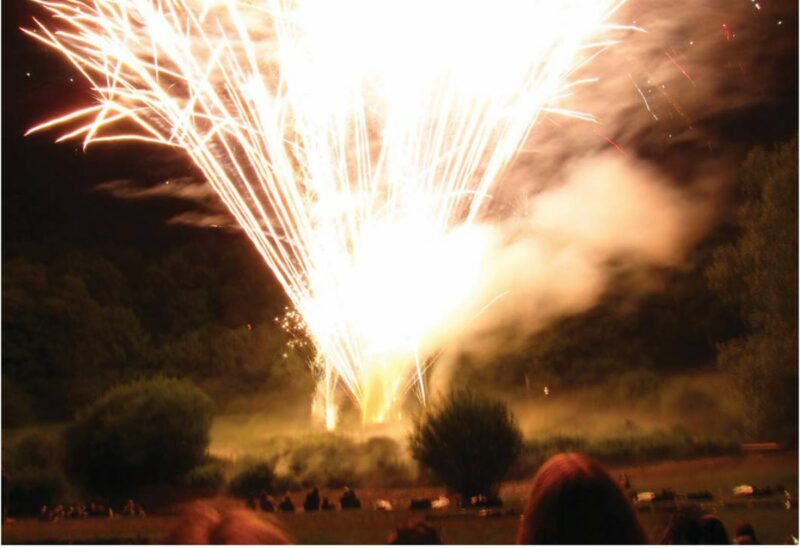This Fourth of July, on a ridgeline in remote Upstate New York, Peter Schjeldahl is going to blow stuff up. Schjeldahl is the New Yorker’s erudite longtime art critic. Never a pontificator, he’s the sort of writer who brings you in close enough to see art as he sees it. He’s also a serious pyromaniac. So every year, along with his wife, antiques dealer Brooke Alderson, he throws a party in his backyard in the town of Bovina, New York. Backyard might be too tame a word for the setting, which features a meadow, forest, stream, and mountain, all of which Schjeldahl takes into consideration as he plans his yearly display. The crowd is equal parts art-world folks and good old boys, locals from the volunteer fire department and downstaters. In contrast to the spectacle, Peter himself is shy, nebbishy, and tweedy—a poet and a stickler. And he’s great at blowing shit up. We talked just after he’d had dental surgery, and when he describes the process of wiring trees with explosives, his voice rises.
—Jennifer Kabat
Peter Schjeldahl’s annual Fourth of July fireworks display
THE BELIEVER: Your fireworks are majestic and terrifying. It’s like you bring them back to something essential, something I’ve never seen before in a fireworks display.
PETER SCHJELDAHL: My if-in-doubt first principle has always been to set off everything as fast as I can. One second of dead time between fireworks is an eternity. It’s evolved over twenty-five years, and the show’s co-author is the landscape. Brooke and I are blessed with this perfect piece of land that has a natural proscenium and great depth and different zones.
BLVR: How did you start to read the land like that and see its potential for blowing stuff up?
PS: Sort of like a giant fire garden? Brooke, who’s a great garden-maker, helped me see how the parts fit together. The development of the show was through trial and error and error and error. I’m completely self-taught, and in the first decade or so it’s a miracle nobody got seriously hurt. It was crazy. Now it should seem crazy. My ideal is intensity. People, including professionals, think of the beauty of fireworks. I regard the results of that as academic art.
BLVR: All the municipal displays I’ve seen are so predictable, even the federal government one, on the National Mall, in Washington, DC.
PS: They’re all just sky painting. No matter where they are in terms of distance, you read them in one plane. People fuss with all these fancy shells, seeking beauty, which is stupid. Fireworks can’t help but be beautiful. Let that take care of itself. Go for intensity.
BLVR: And sometimes people get scared.
...
You have reached your article limit
Sign up for a digital subscription and continue reading all new issues, plus our entire archives, for just $1.50/month.
Already a subscriber? Sign in





